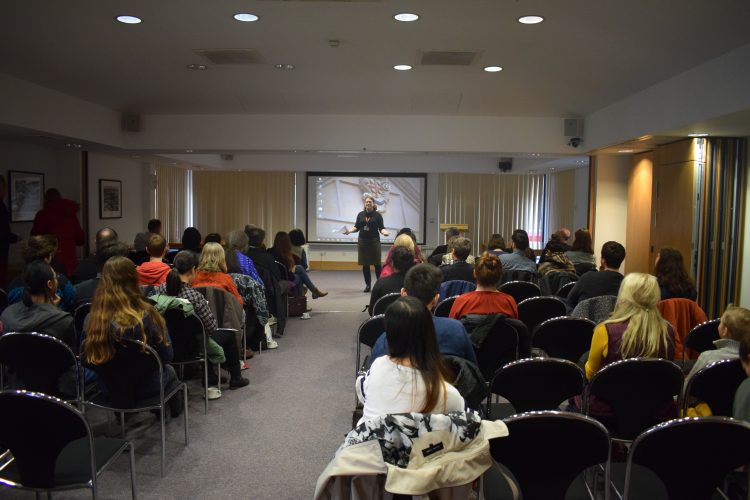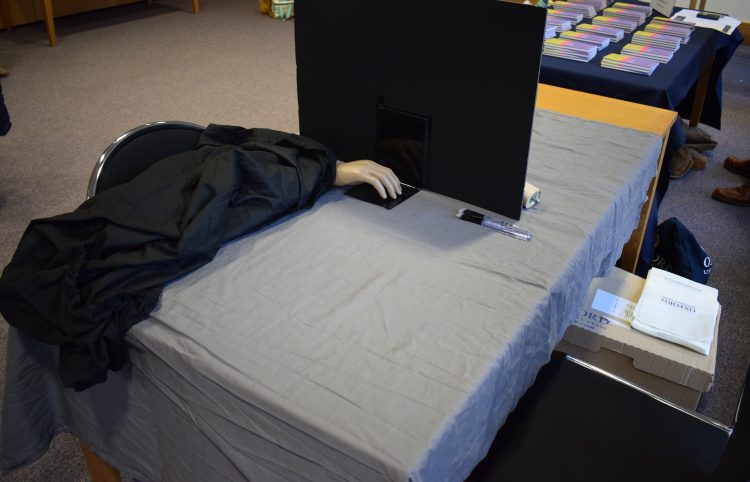Synesthesia: tasting words & seeing sounds
4 Feb 2020

The Centre for the Creative Brain at St Edmund Hall hosted an afternoon lecture series on ‘Sense and Synesthesia’ to explore this extraordinary sensory stimulation. Hosted by Professor Charlotte Stagg, St Edmund Hall Fellow by Special Election in Neuroscience, the event brought together a wide ranging insight into synesthesia in children and adults, the different forms of the condition and how it influences creative professions. The Hall also welcomed special guest James Wannerton, president of the UK Synesthesia Association.
Synesthesia is a perceptual condition in which the stimulation of one sense triggers an automatic, involuntary experience in another sense. If a person has this condition they are known as a synesthete and they can usually taste words or see sounds. Synesthetes are often unaware of how much differently they are experiencing life and they are also more likely to participate in creative activities. Professor Julia Simner, Professor of Psychology at the University of Sussex, guided the audience through the different types of synesthesia and who studies the condition. Her latest research looked into identifying whether children have synesthesia and what were the associated personality and traits.

Following this Professor Michael Banissy, Professor of Psychology at Goldsmiths, University of London, talked through his research, particularly highlighting mirror-touch synesthesia and the rubber hand illusion experiment. James Wannerton gave a witty and curious talk on how he had experienced synethesia as a lexical-gustatory synesthete throughout his life. This culminated in associating certain tastes with certain words, particularly he developed a set of flavours linked with each London tube station. Lastly Professor Charles Spence, Professor of Experimental Psychology, University of Oxford spoke about his research which focuses on how a better understanding of the human mind will lead to the better design of multisensory foods, products, interfaces, and environments in the future. He demonstrated how chefs are now creating synesthesia inspired menus to create a multi-sensory tasting experience.
The Centre for the Creative Brain is generously supported by St Edmund Hall and the Wellcome Centre for Integrative Neuroimaging, University of Oxford. All its events are free and open to the public. A big thank you to Professor Charlotte Stagg and DPhil student in Clinical Neurosciences Ioana Grigoras for organising the event.